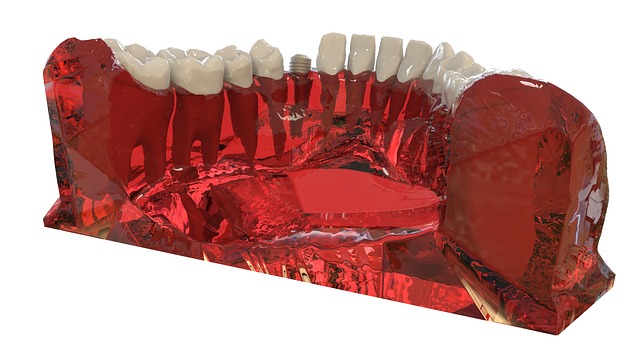Understanding the Secrets of Implant Longevity: Factors That Matter
Implant longevity is a crucial aspect that impacts post-surgical life for many patients. This article addresses the myriad factors influencing durability, such as material advancements, the significance of patient habits, and technological progress that shape the success of implants. By exploring these areas, we aim to demystify the concept of implant longevity and its implications for patient health.
The Importance of Implant Longevity
Implant longevity truly matters in the medical field, as it plays a pivotal role in the overall satisfaction of patients post-implant surgery. Understanding how long implants last and what factors contribute to their longevity can greatly influence patient expectations and health outcomes. Each implant's lifespan is contingent upon various variables including, but not limited to, the design and material selection. As the medical community continues to explore improvements in implant longevity, the ongoing dialogue among surgeons, engineers, and patients becomes increasingly necessary. The essence of this conversation is rooted in patient safety and the desire for improved quality of life.
Materials and Their Impact on Implant Longevity
The choice of materials is an integral component of implant longevity. Different materials exhibit varying levels of durability and compatibility within the human body. For example, titanium has long been favored for its biocompatibility but recent advancements in ceramics and polymers are demonstrating exciting potential in enhancing longevity. In addition, innovations in surface treatments are allowing for better integration with surrounding tissues, thus prolonging durability. Staying informed about these material advancements empowers patients and healthcare providers to make choices that enhance the prospects of implant longevity.
Behavioral Factors Impacting Implant Longevity
Behavioral factors play a significant role in the longevity of implants as well. Lifestyle choices concerning nutrition, exercise, and adherence to post-operative care guidelines can either promote or detract from implant success. Patients who engage in healthy habits, such as consuming a balanced diet and maintaining physical activity, are more likely to experience positive outcomes. On the other hand, habits like smoking and excessive alcohol consumption can severely hinder healing processes, leading to increased risk of failure. Consequently, patients must be educated about their actions' impact on implant longevity, highlighting the importance of lifestyle adjustments.
Technological Advances in Implant Longevity
Notably, advancements in technology offer promising avenues to enhance implant longevity. The introduction of smart implants, equipped with monitoring devices, helps track the effectiveness and health of the implant, providing data to enhance care. Moreover, surgical techniques are continuously evolving, utilizing minimally invasive methods that can result in better recovery times and reduced complications, contributing to implant longevity. The intersection of technology and healthcare paints an optimistic picture of the future of implant longevity, suggesting a shift towards more successful interventions.
Educational Initiatives for Better Implant Longevity
Educational initiatives centered around implant longevity are essential for fostering understanding among patients. Specialized programs designed to inform individuals about implant care, recovery techniques, and lifestyle recommendations can significantly impact long-term success. By prioritizing patient education, healthcare providers ensure that patients are well-prepared to navigate their recovery journey. In doing so, they contribute to a culture that emphasizes the importance of implant longevity and invests in sustainable health outcomes.
Conclusion: Future Directions for Implant Longevity
In summary, the path to understanding implant longevity is complex and multifaceted, involving everything from material selection and behavioral considerations to cutting-edge technology. As all these elements converge, the conversation surrounding implant longevity evolves, paving the way for improved strategies that prioritize patient-centric care. Moving forward, embracing innovation and fostering patient education remains critical to enhancing implant longevity and optimizing health outcomes.
